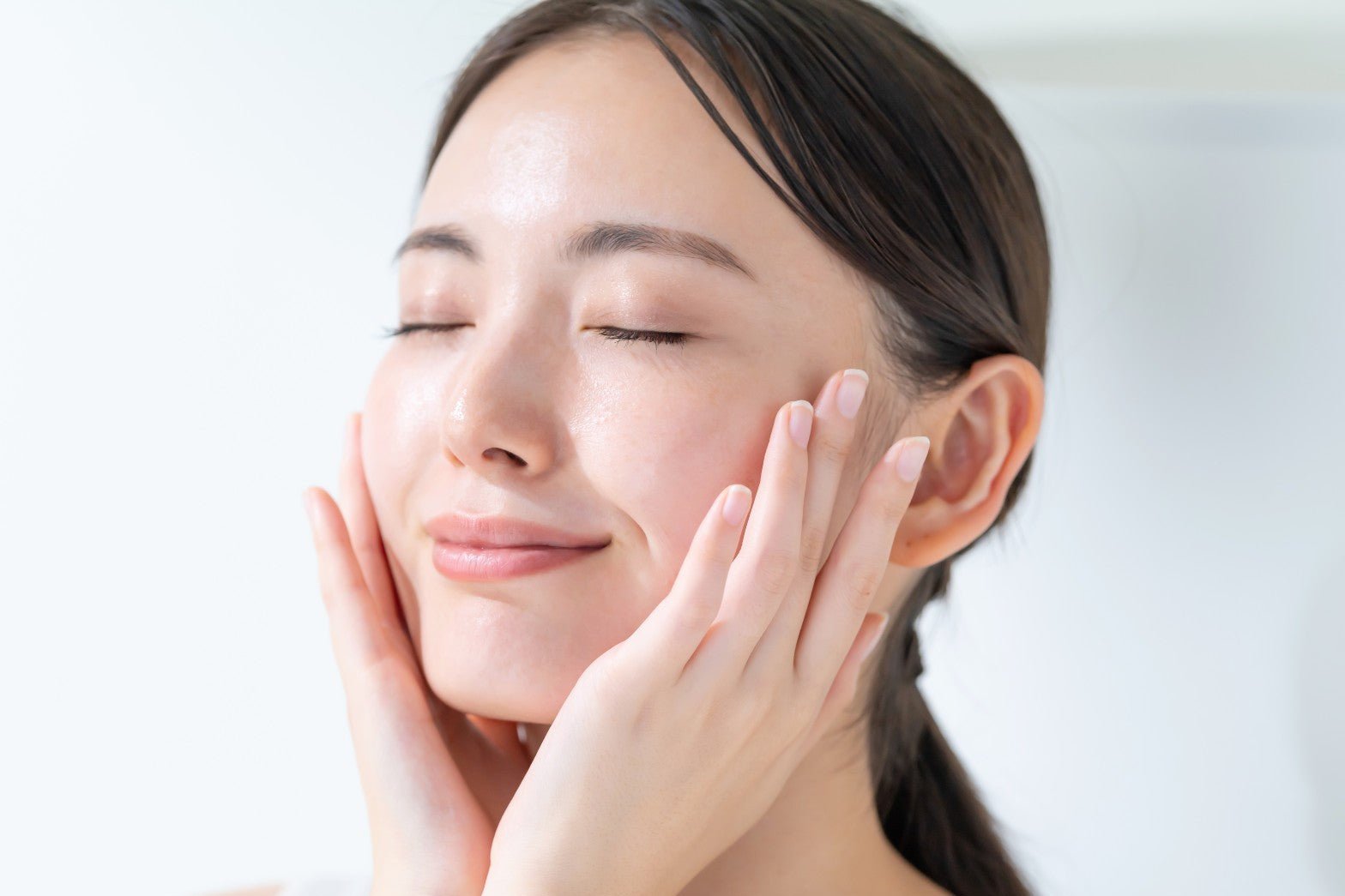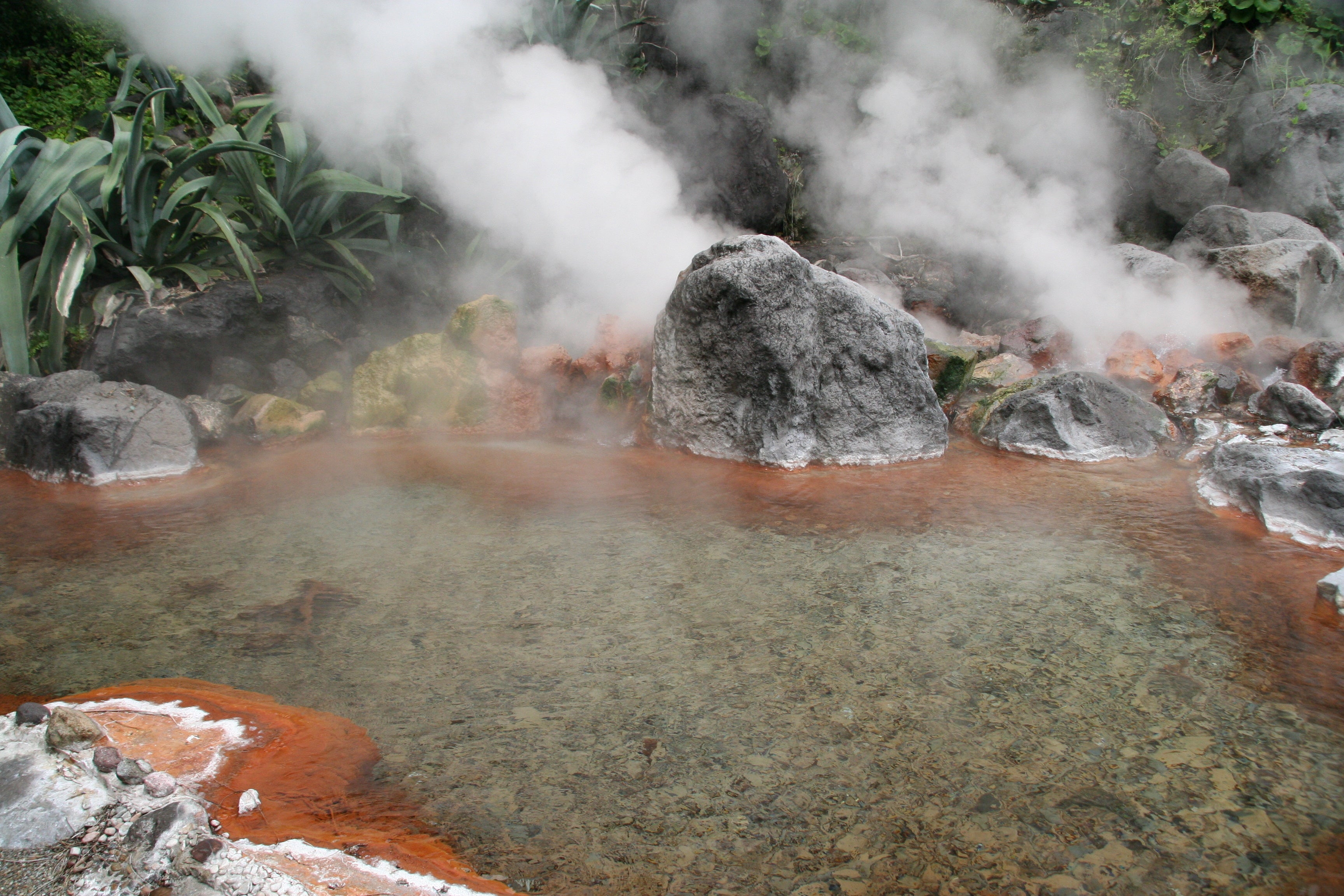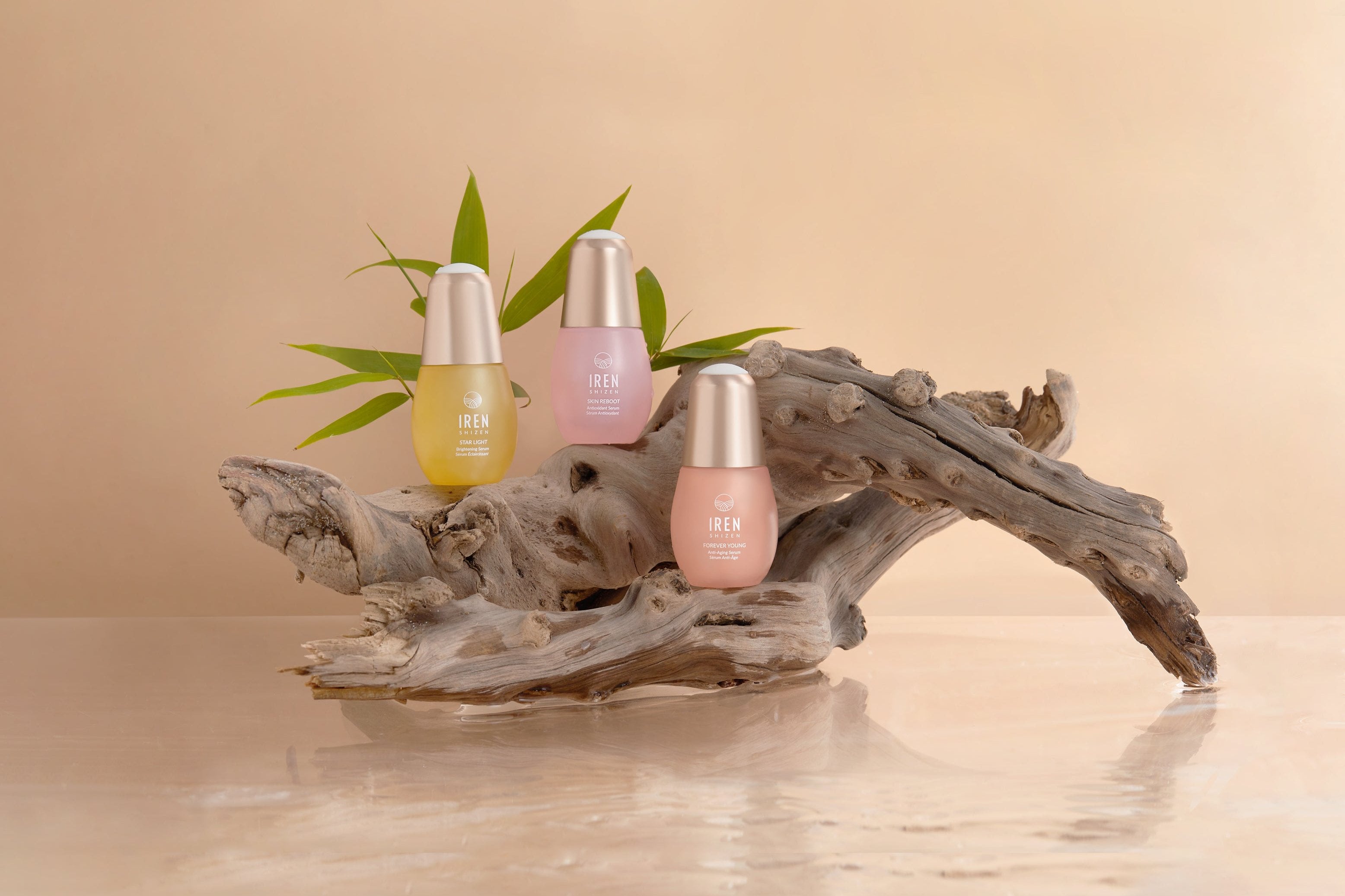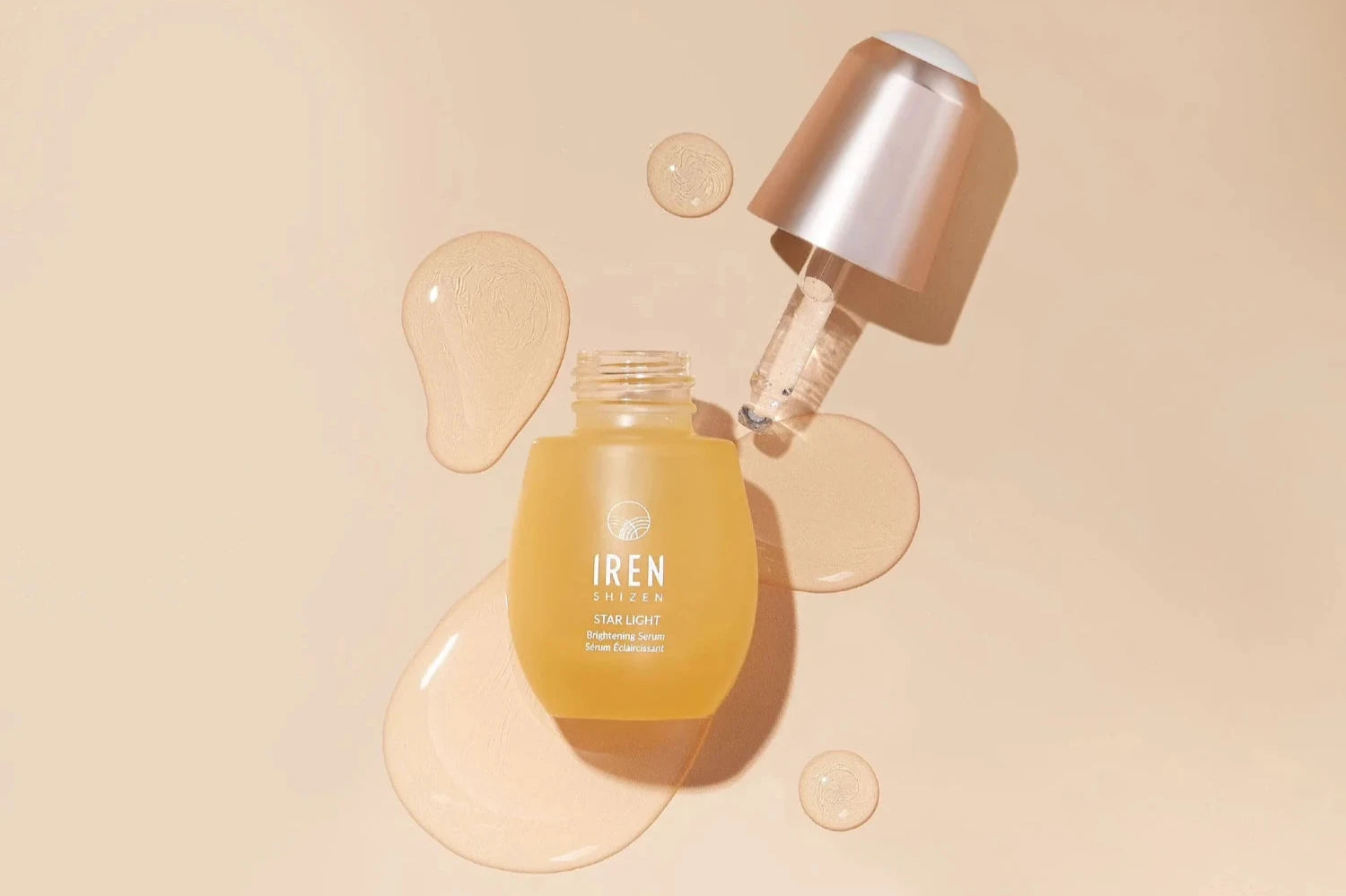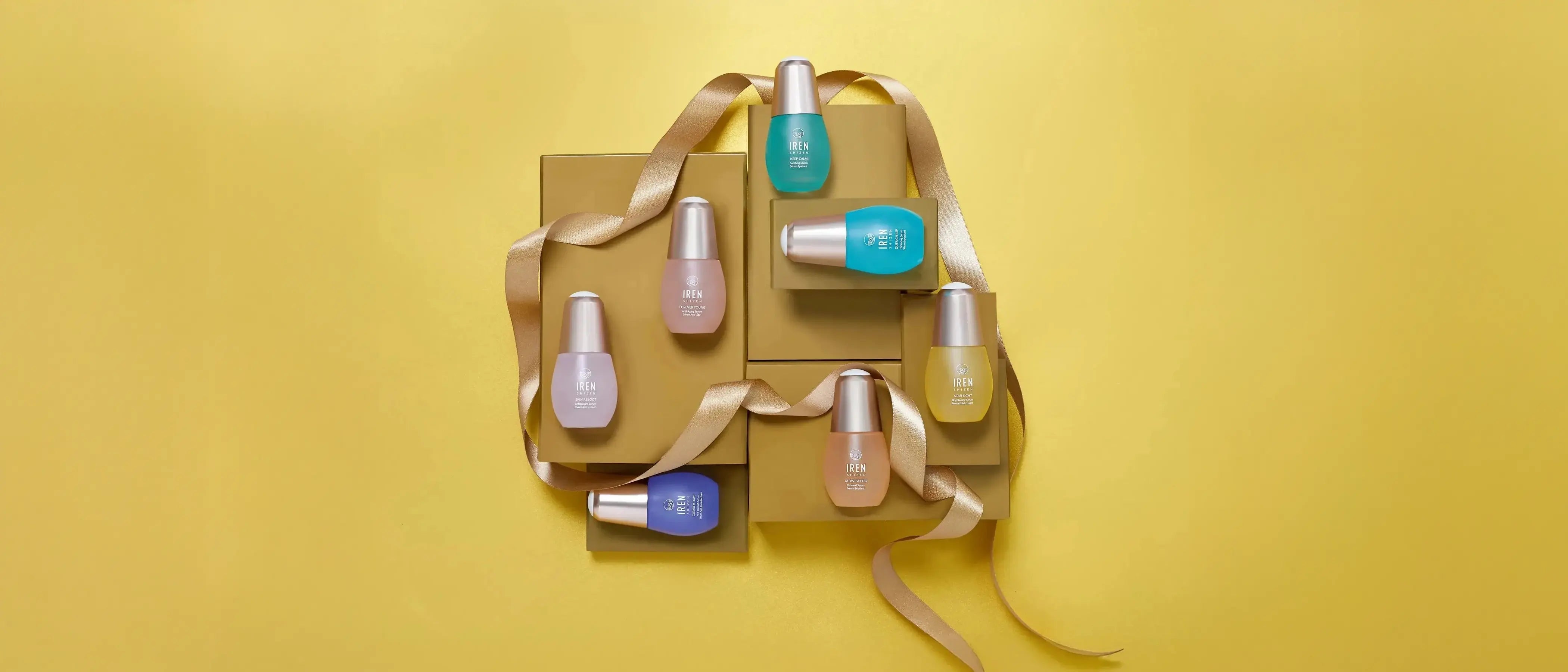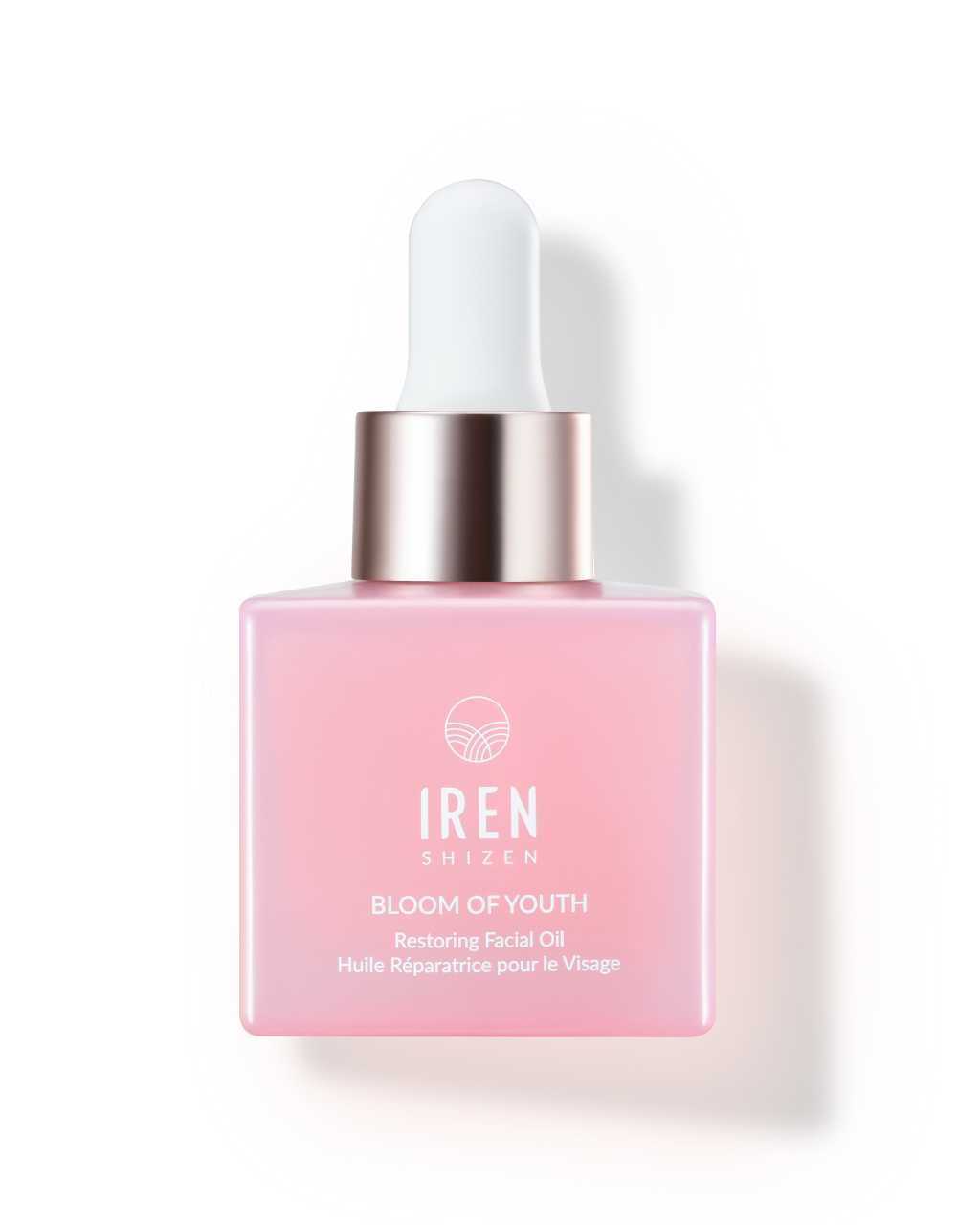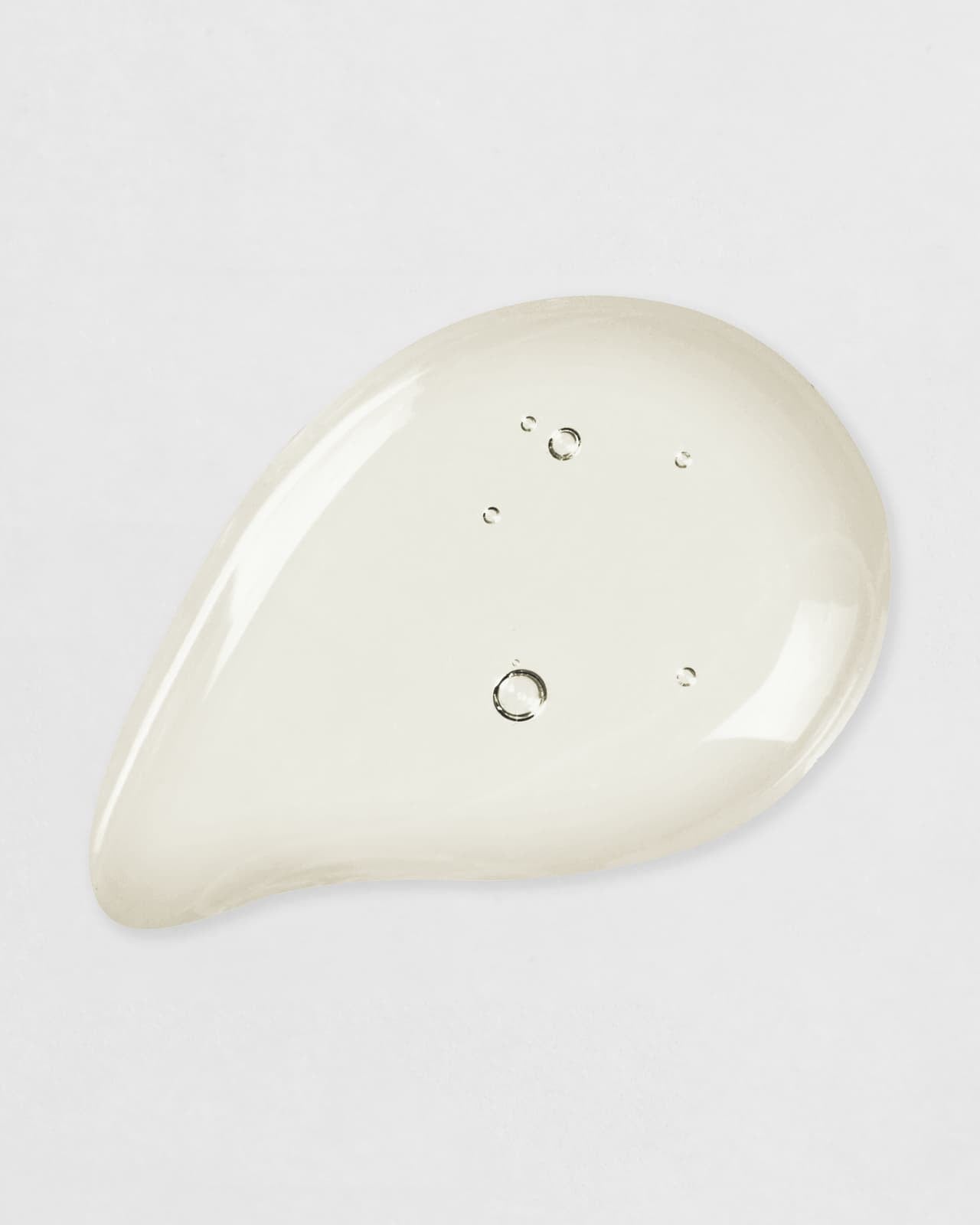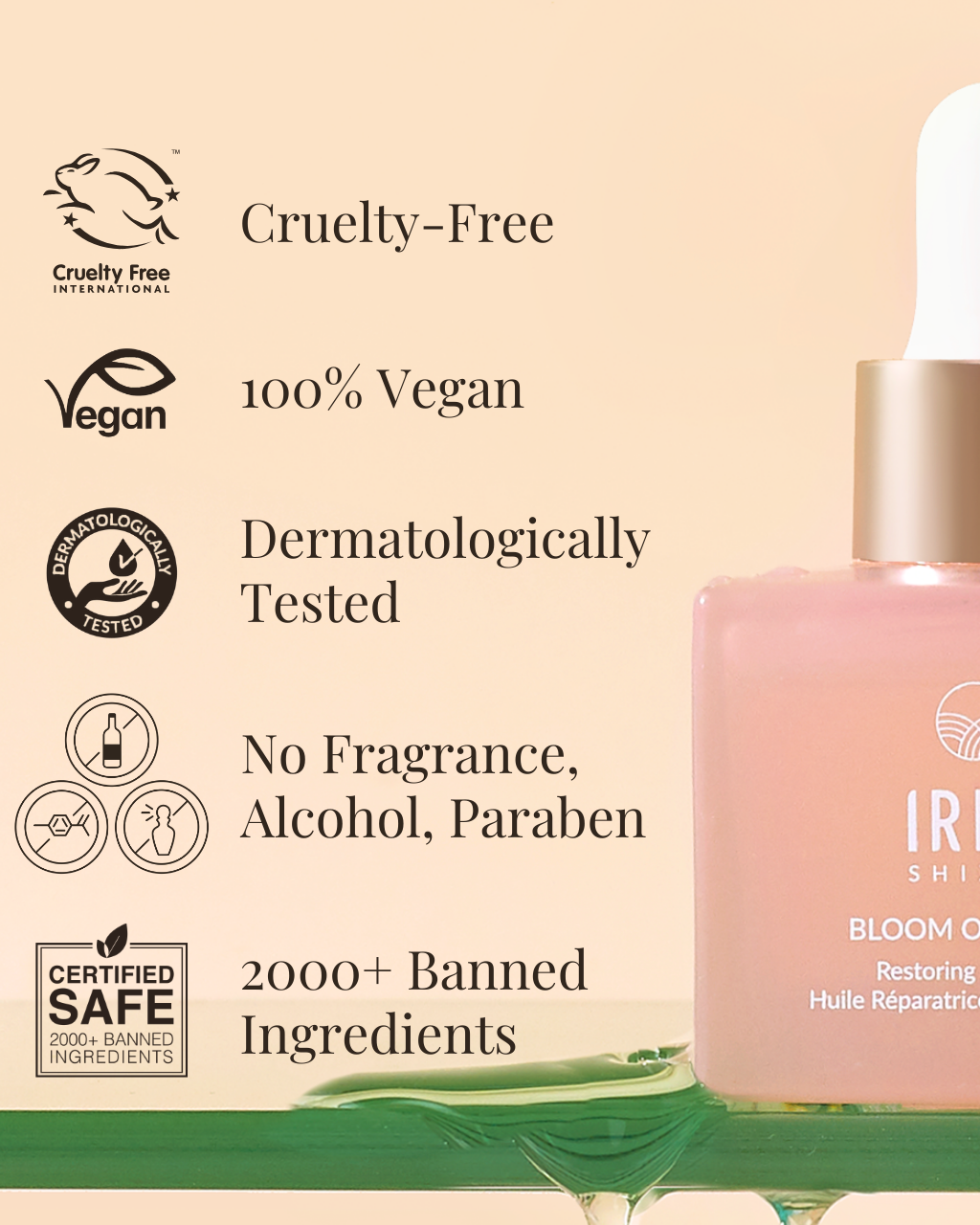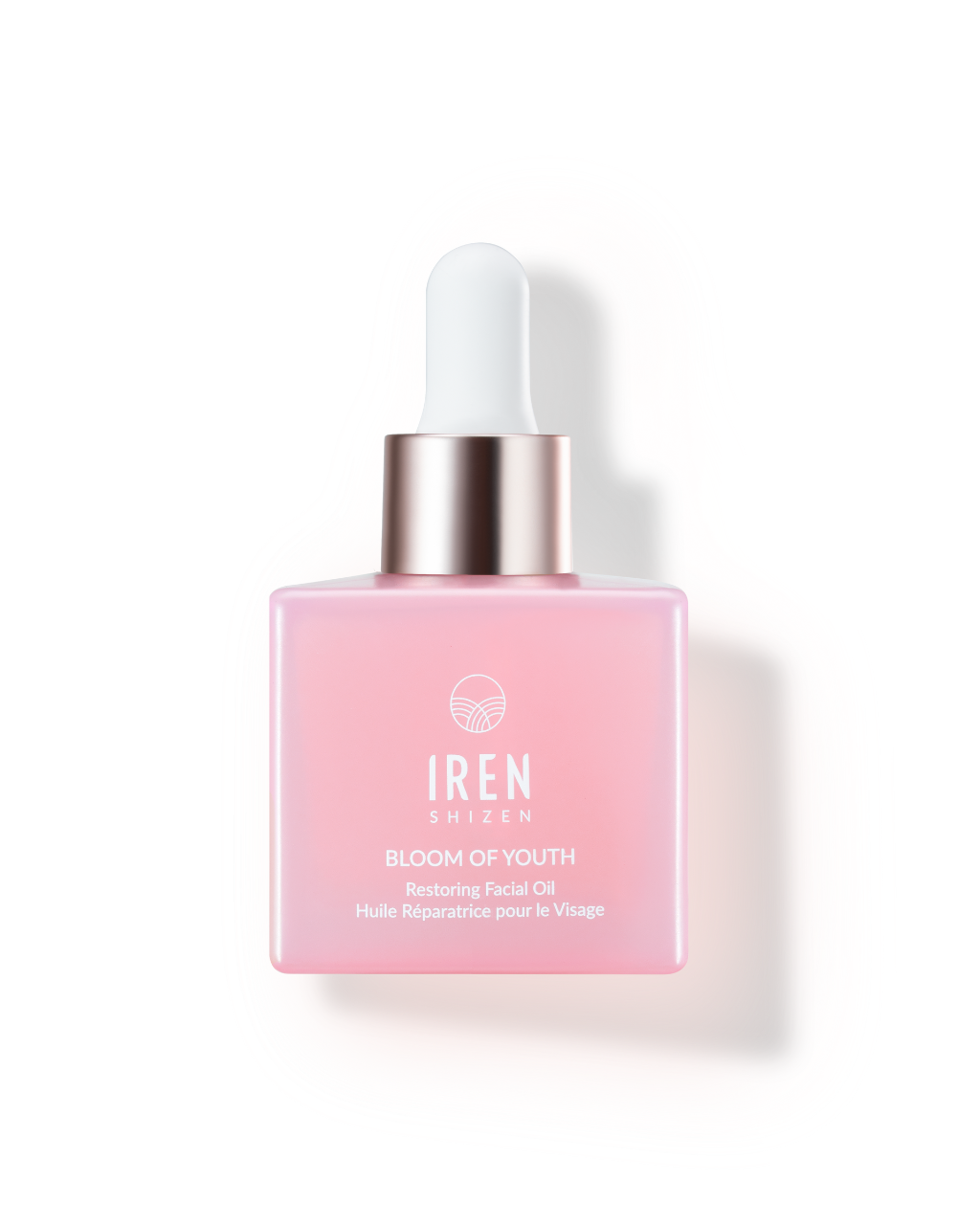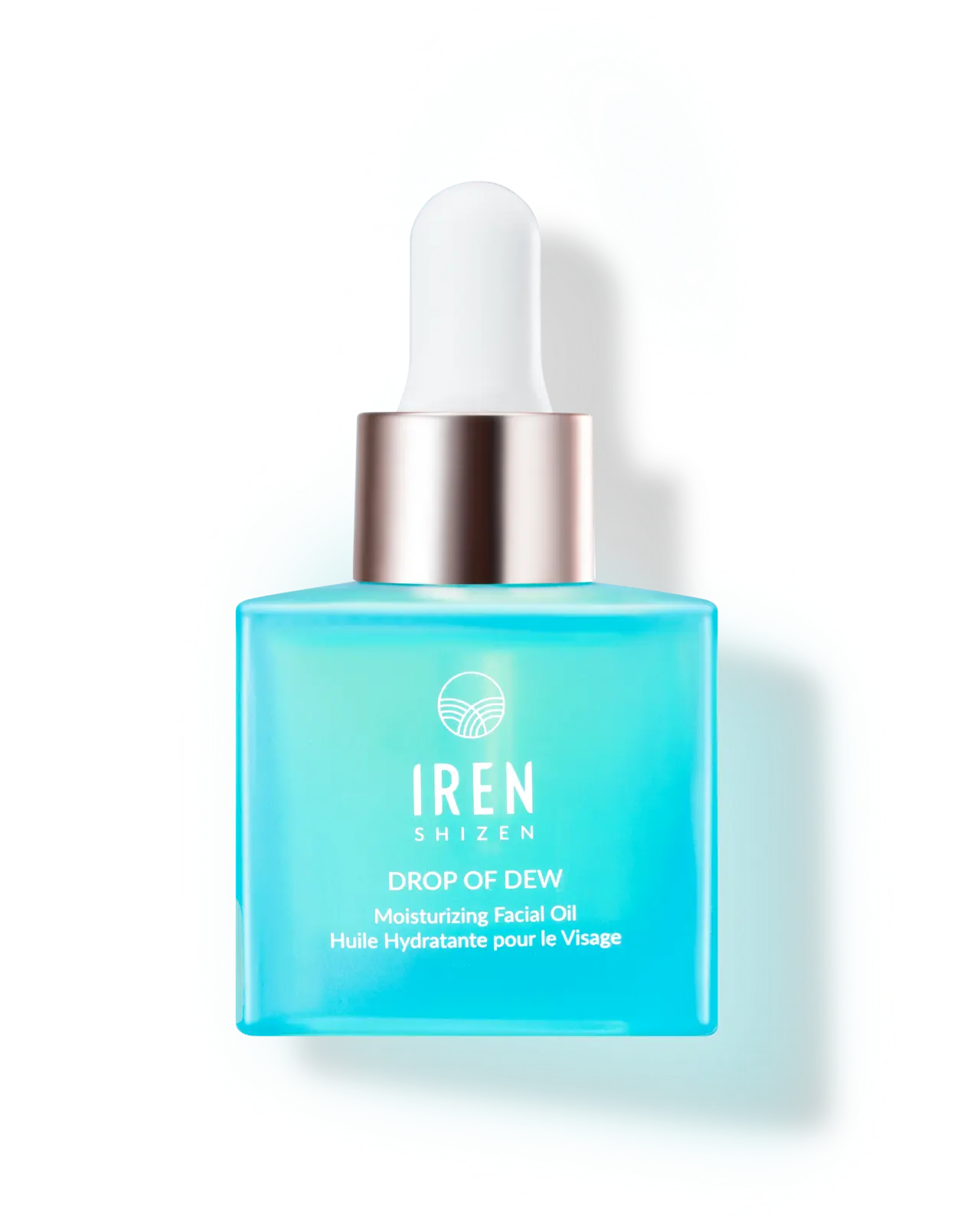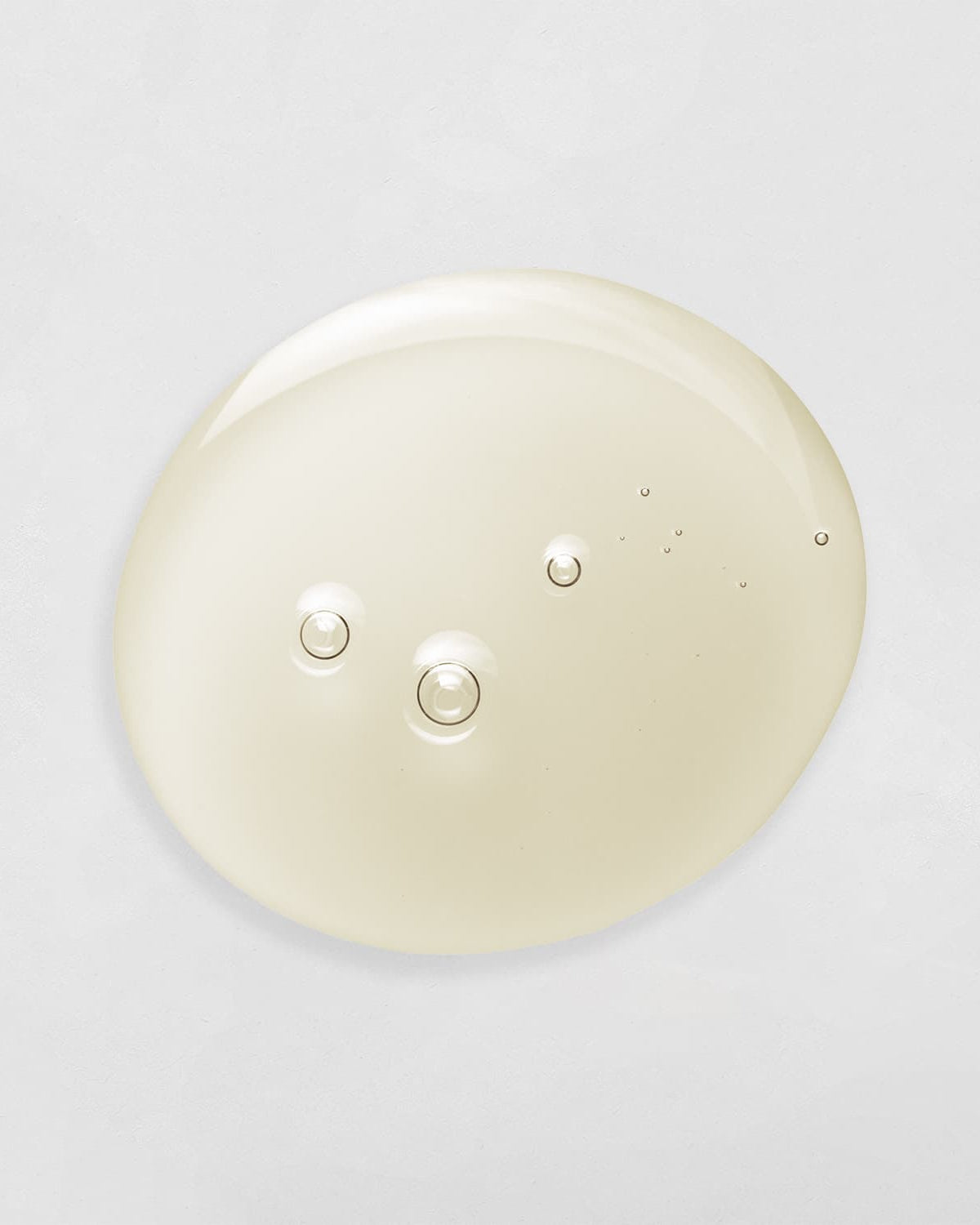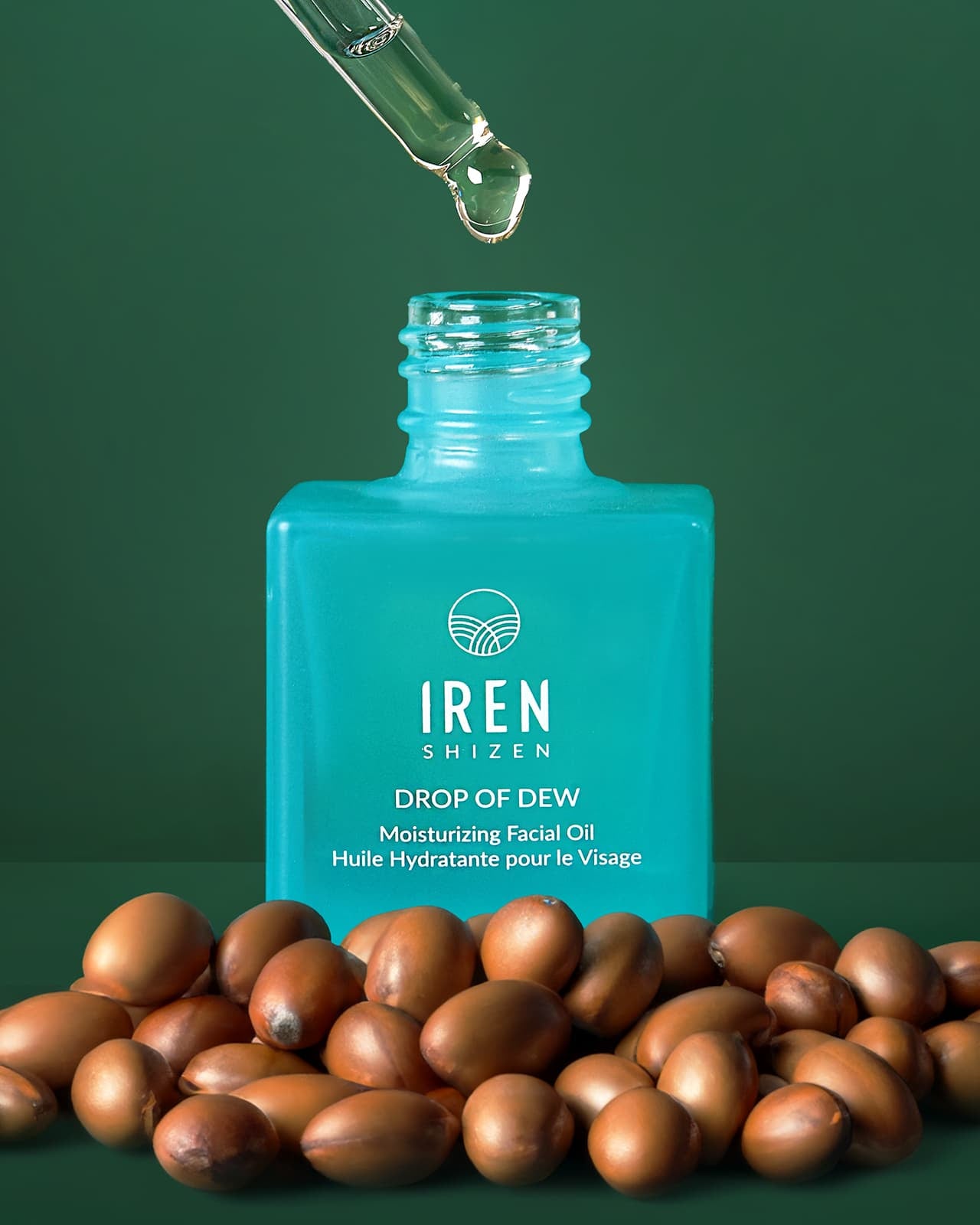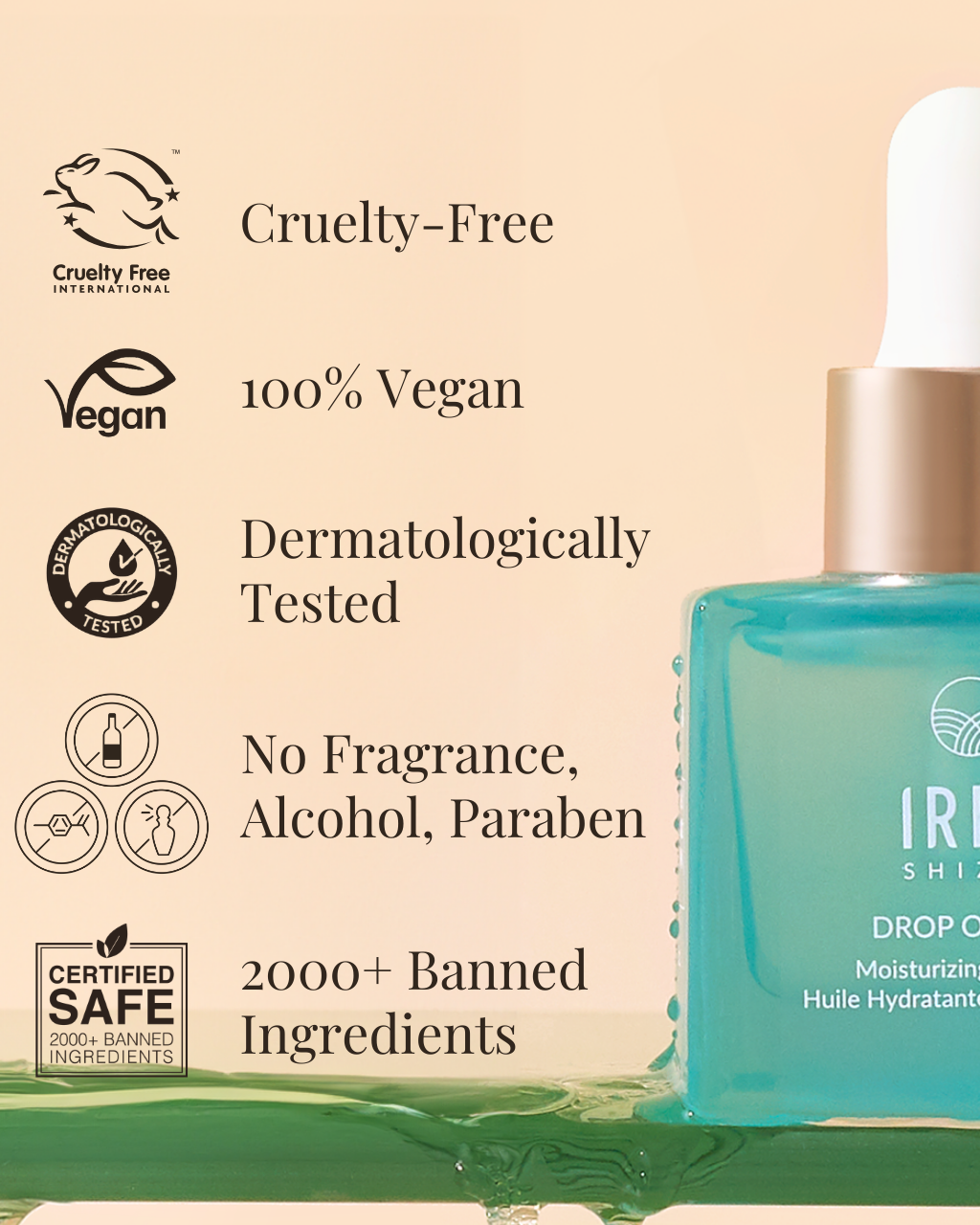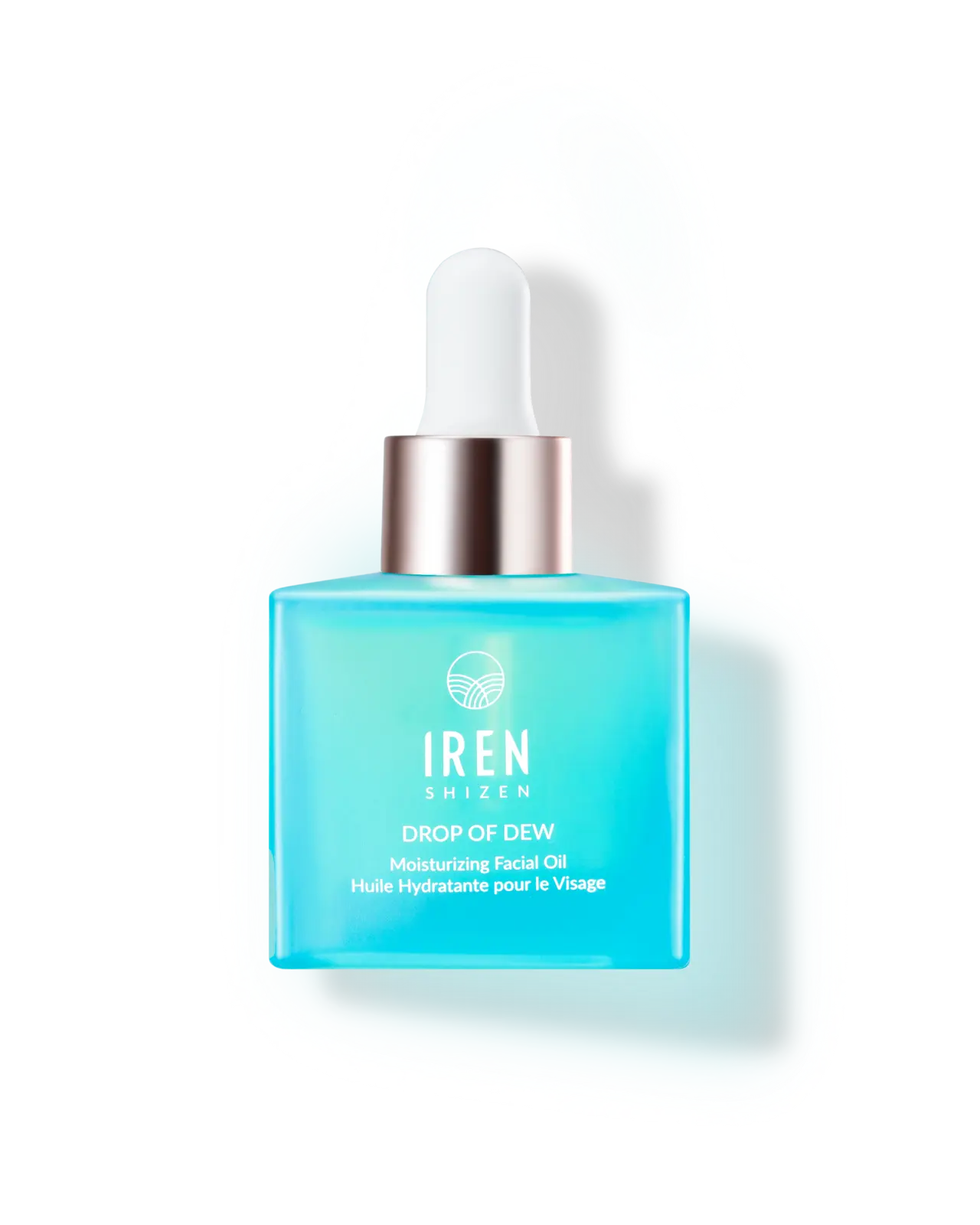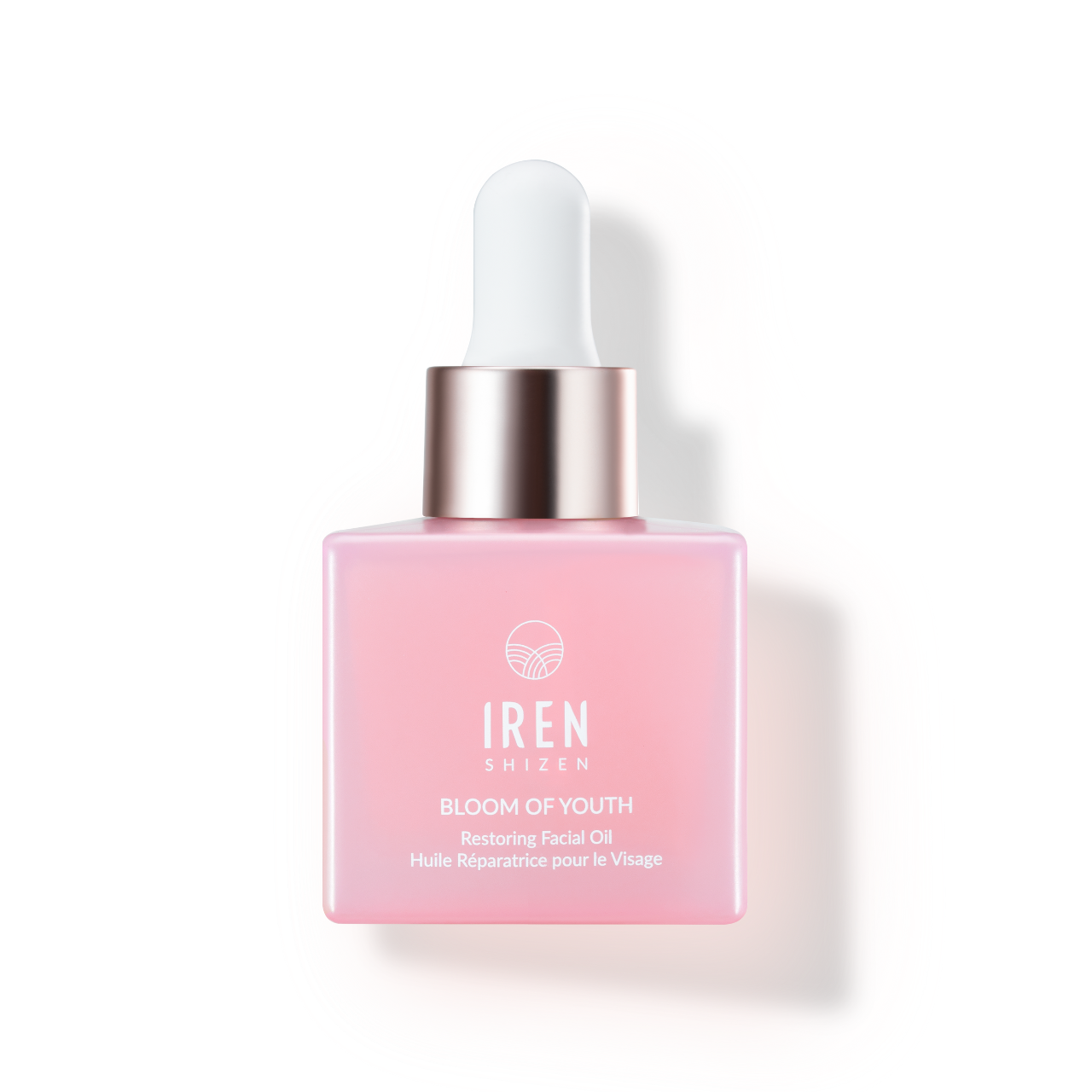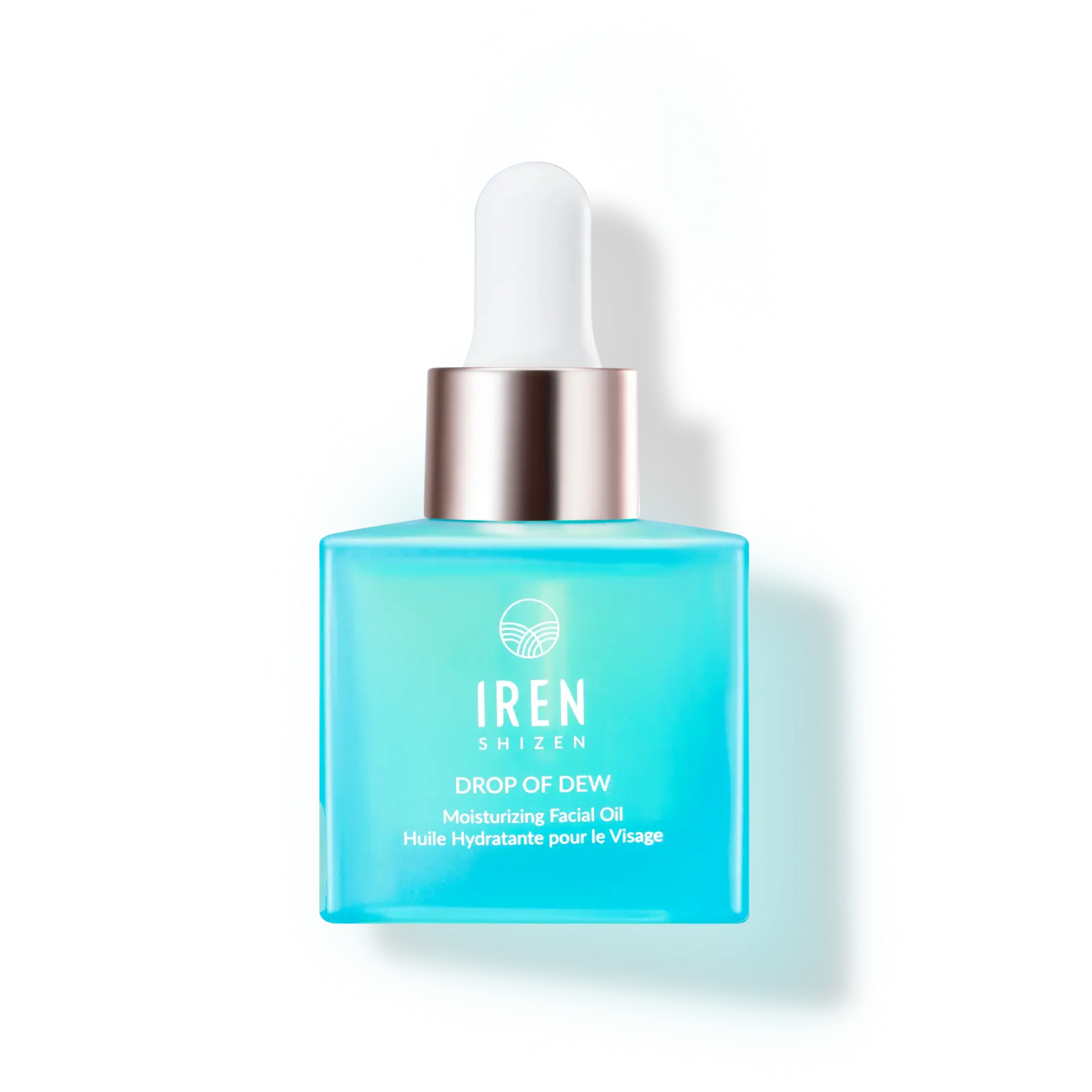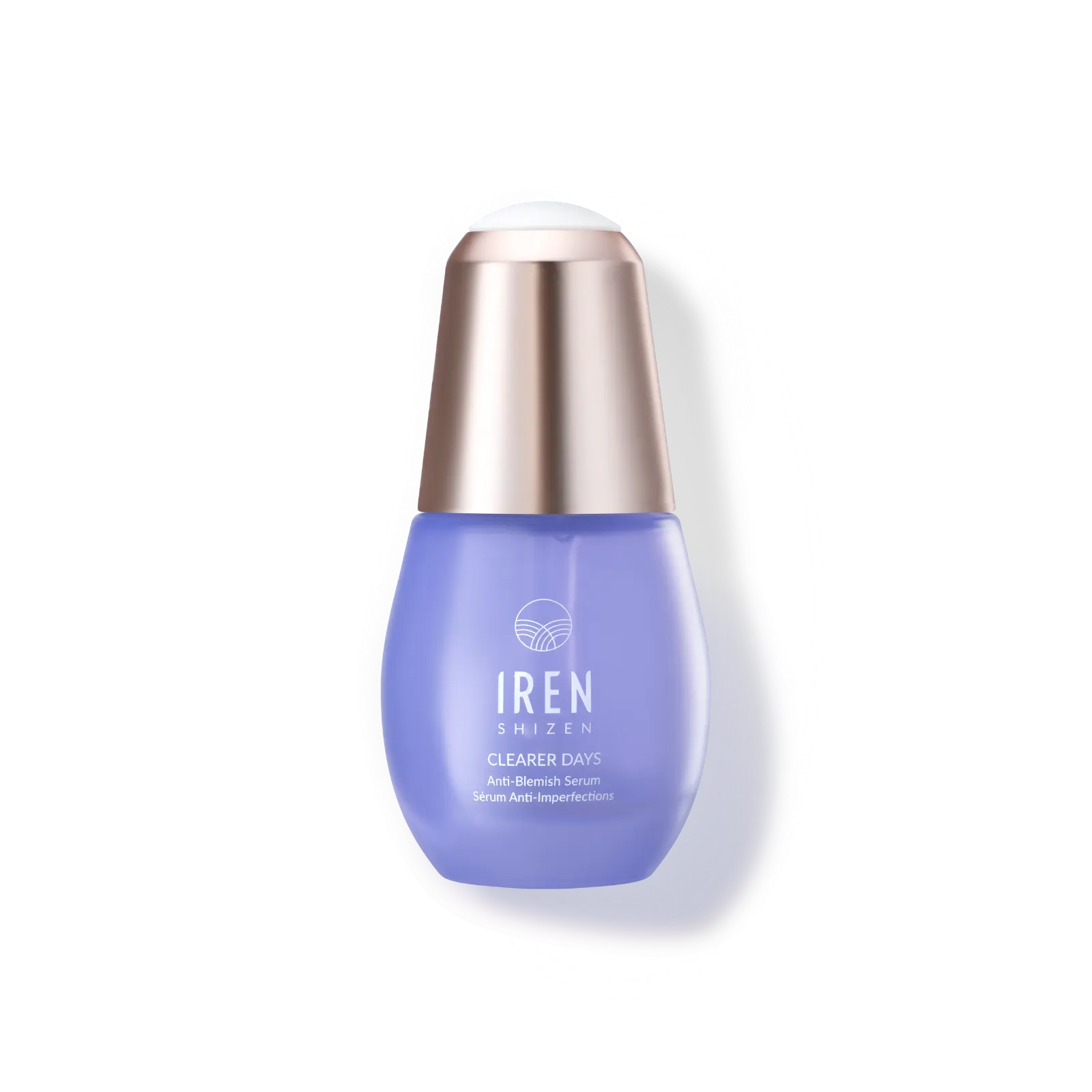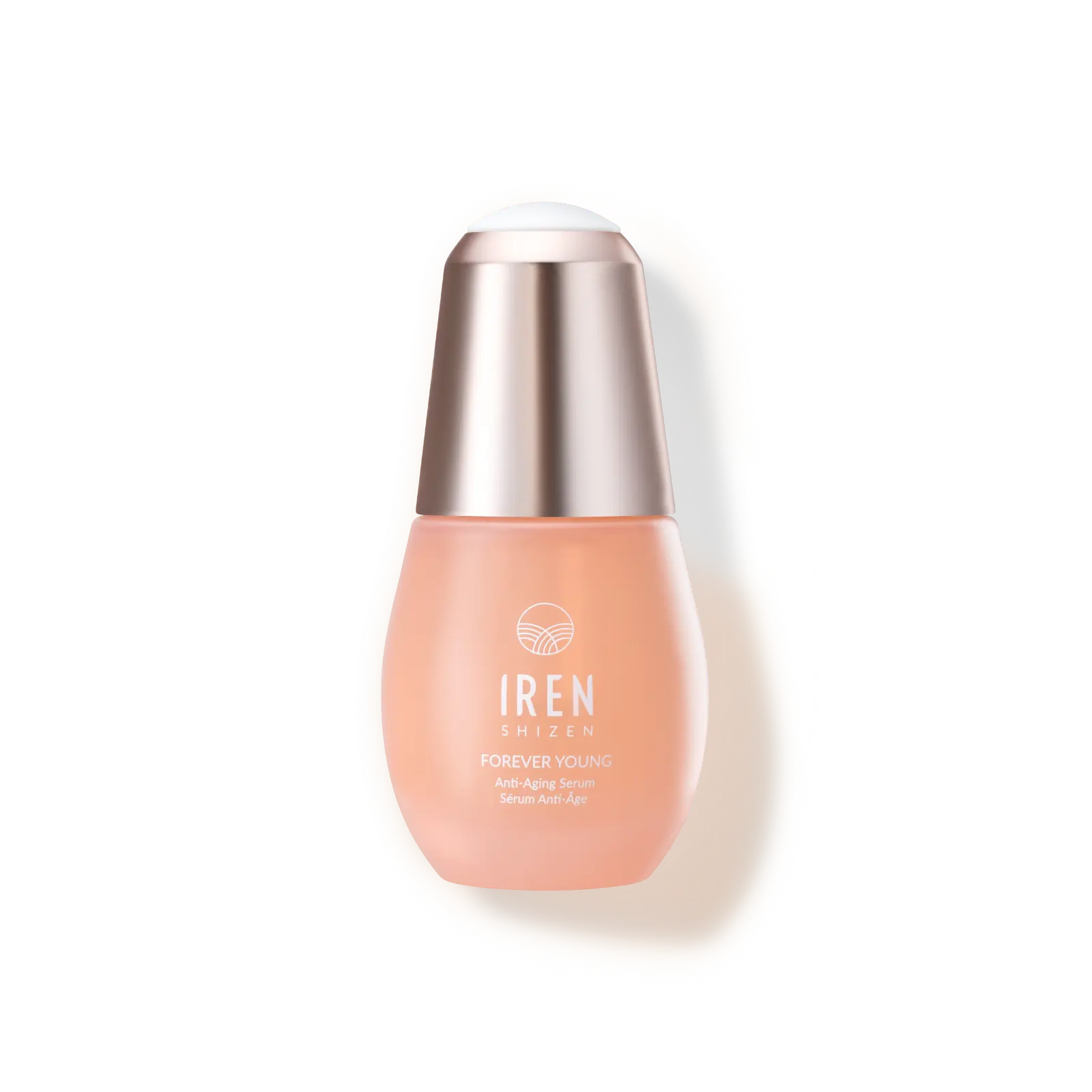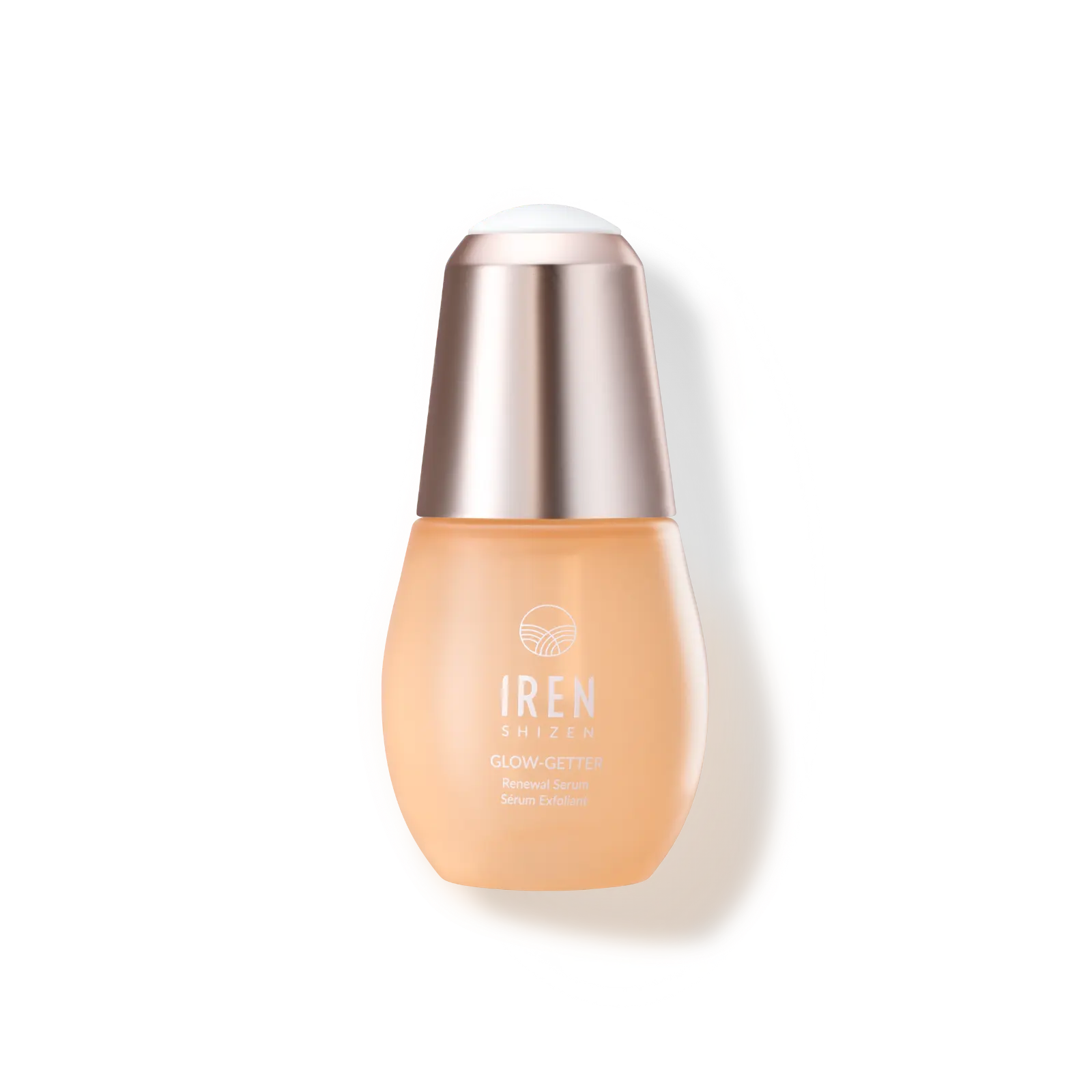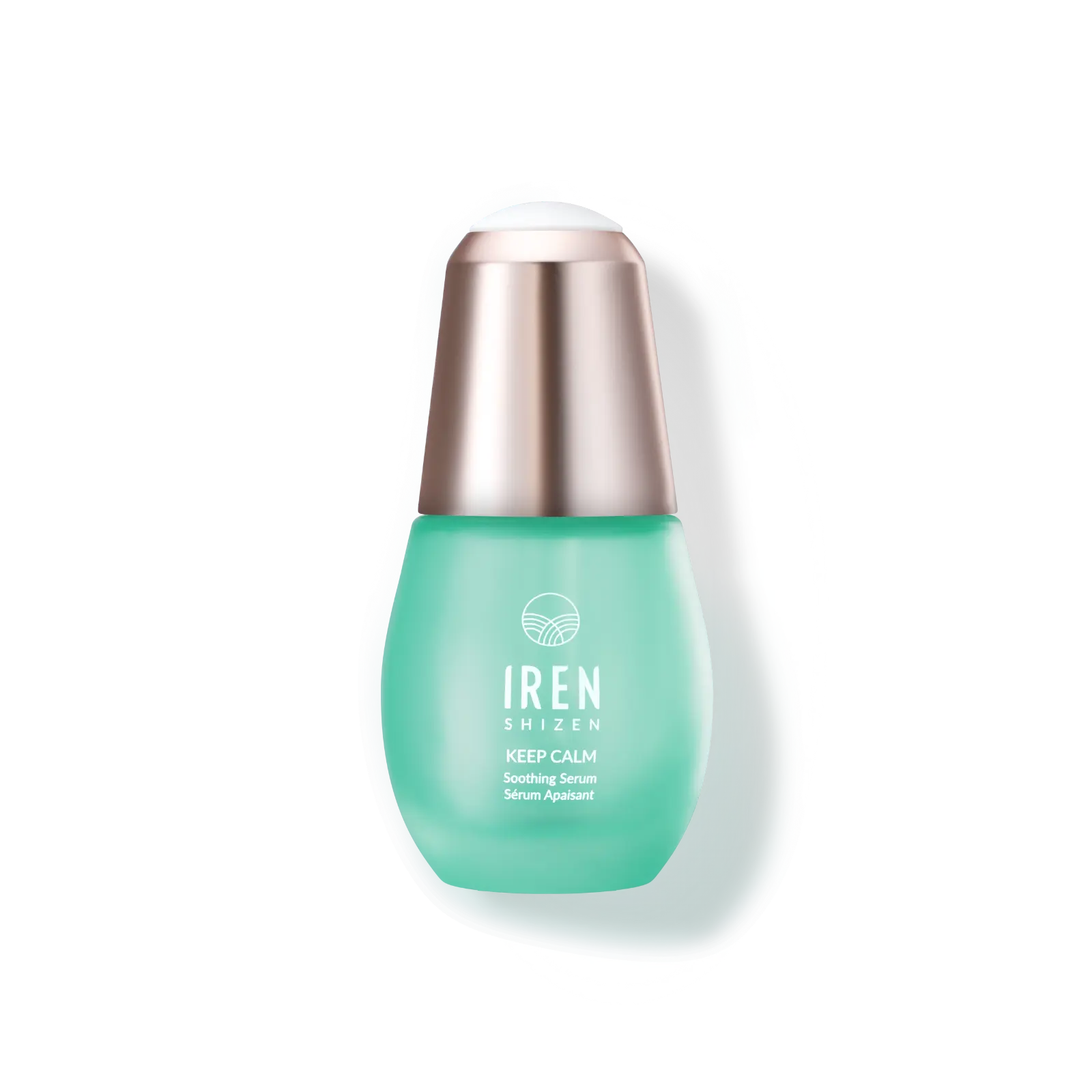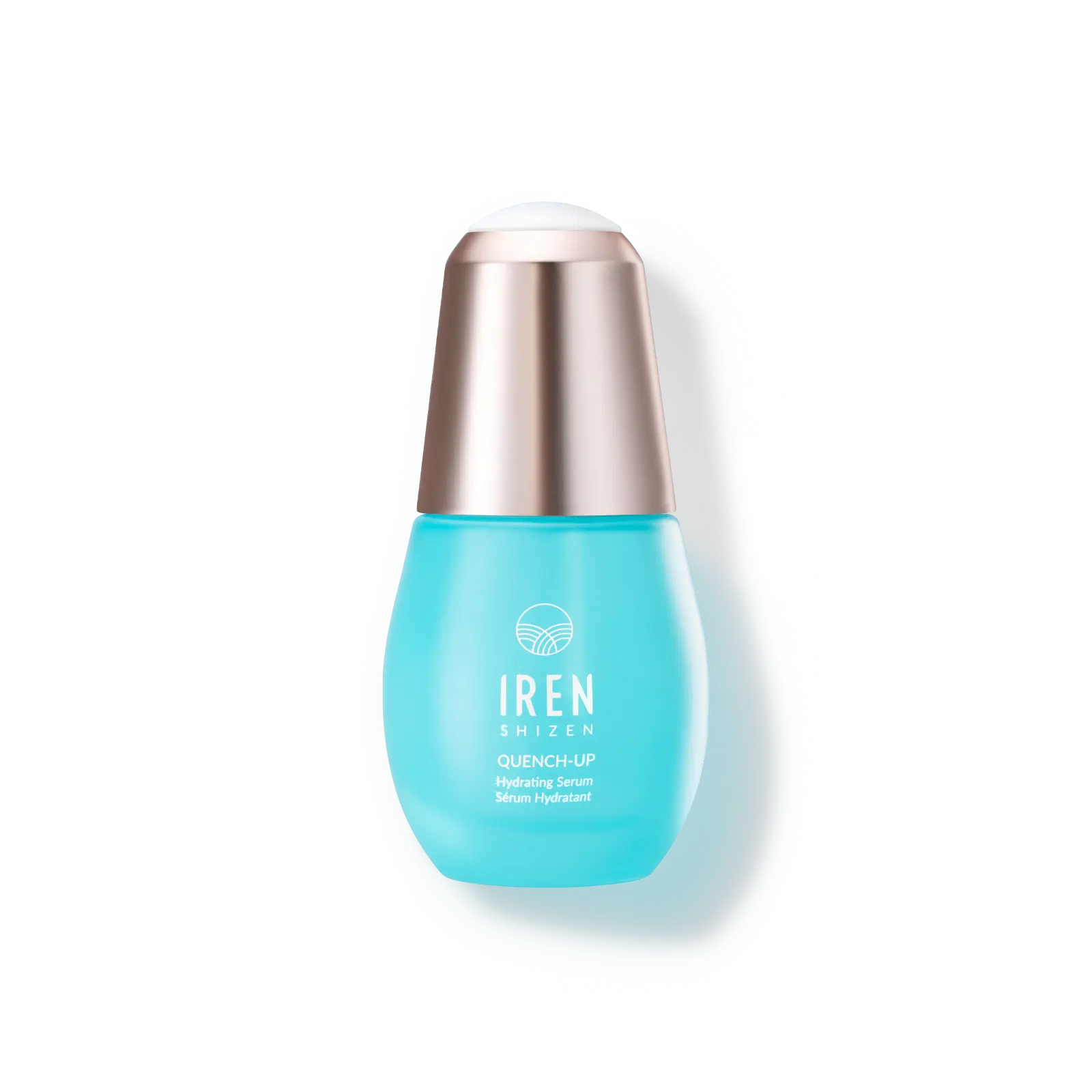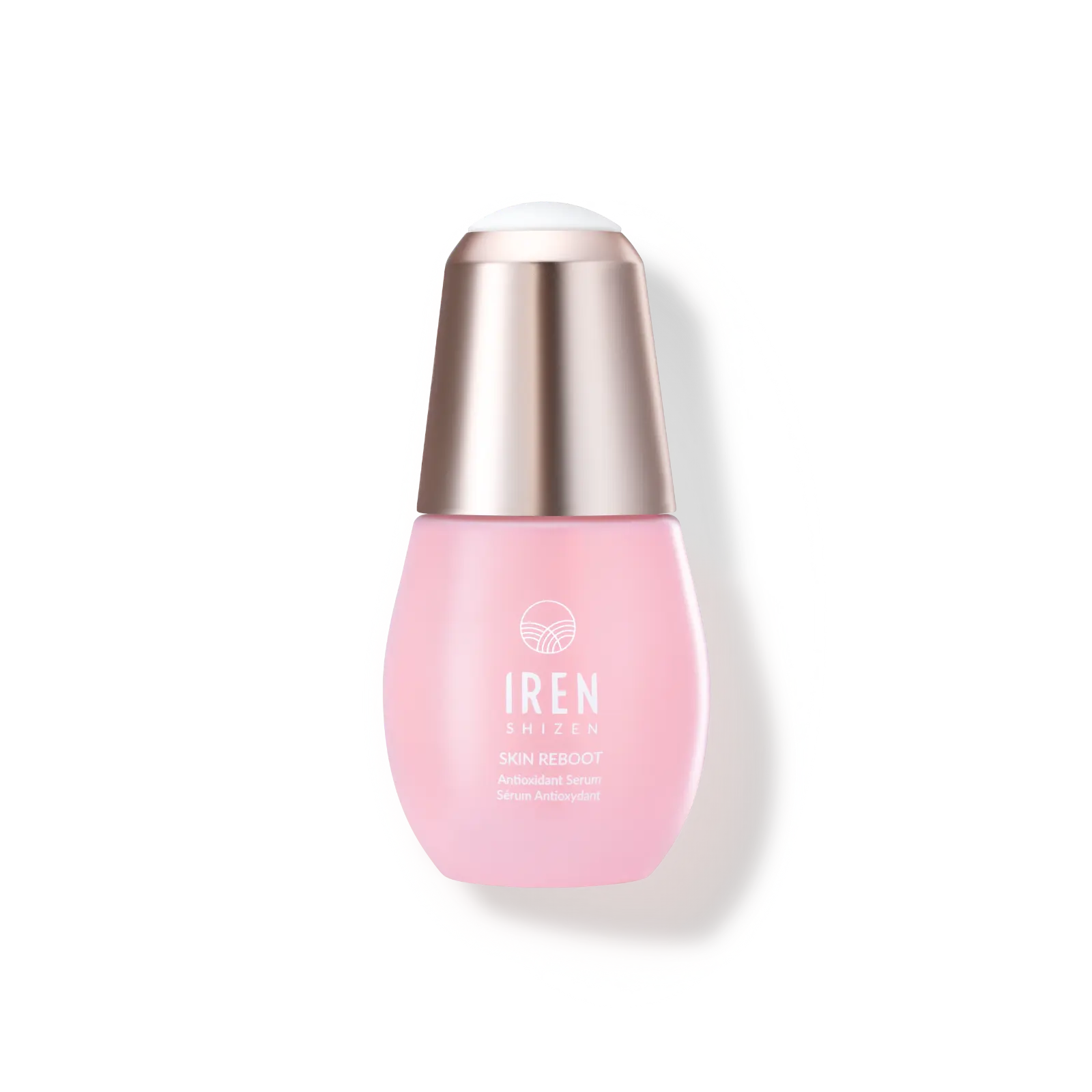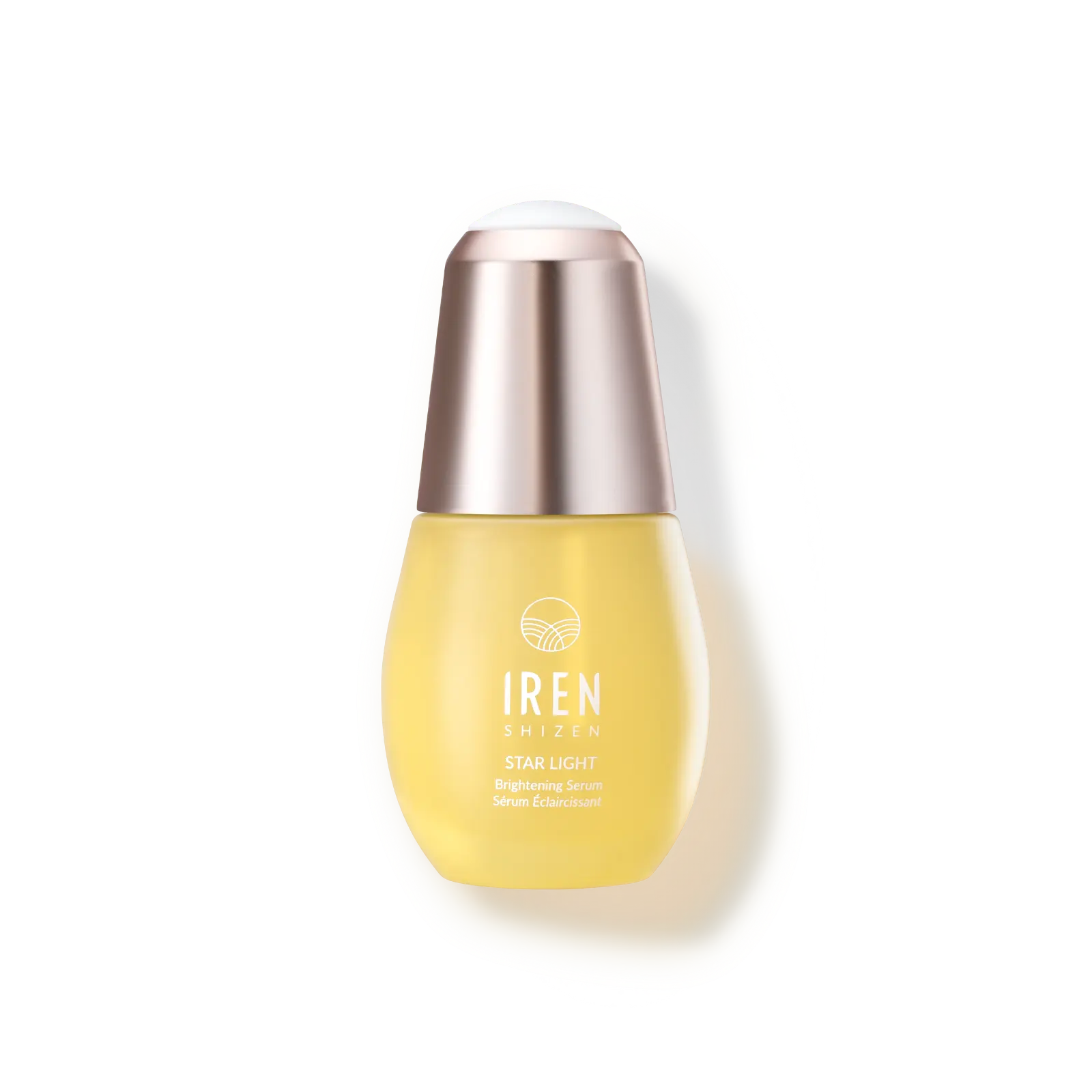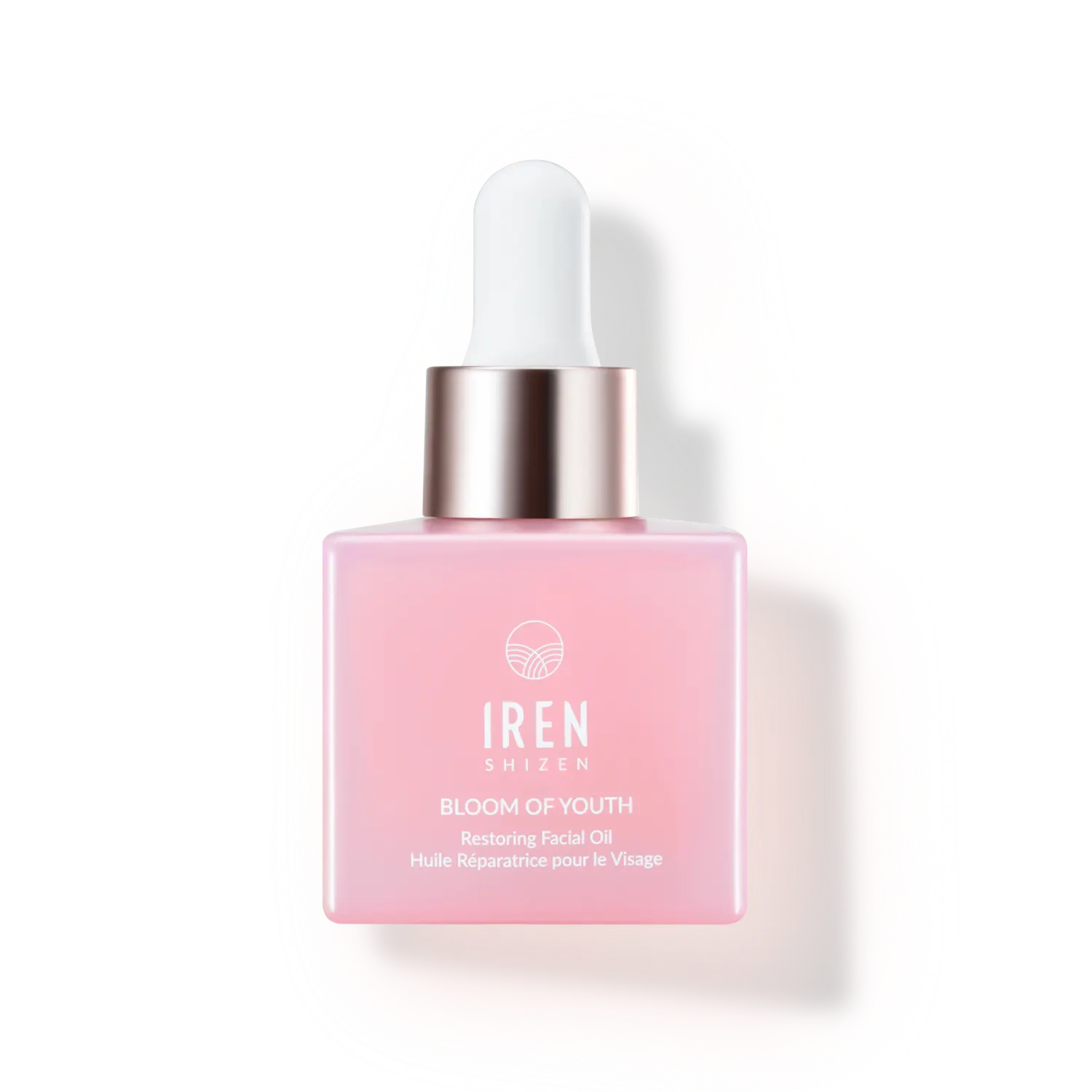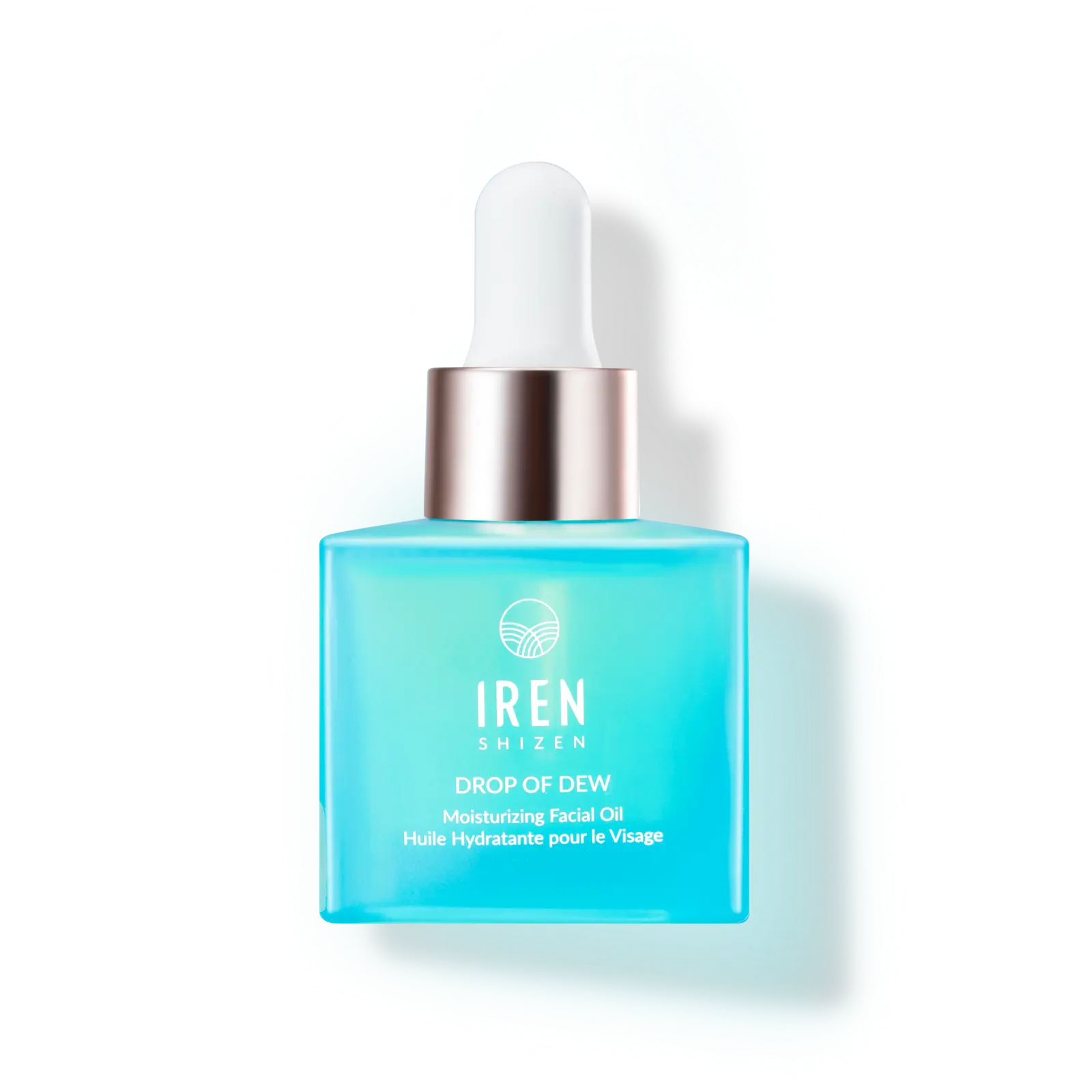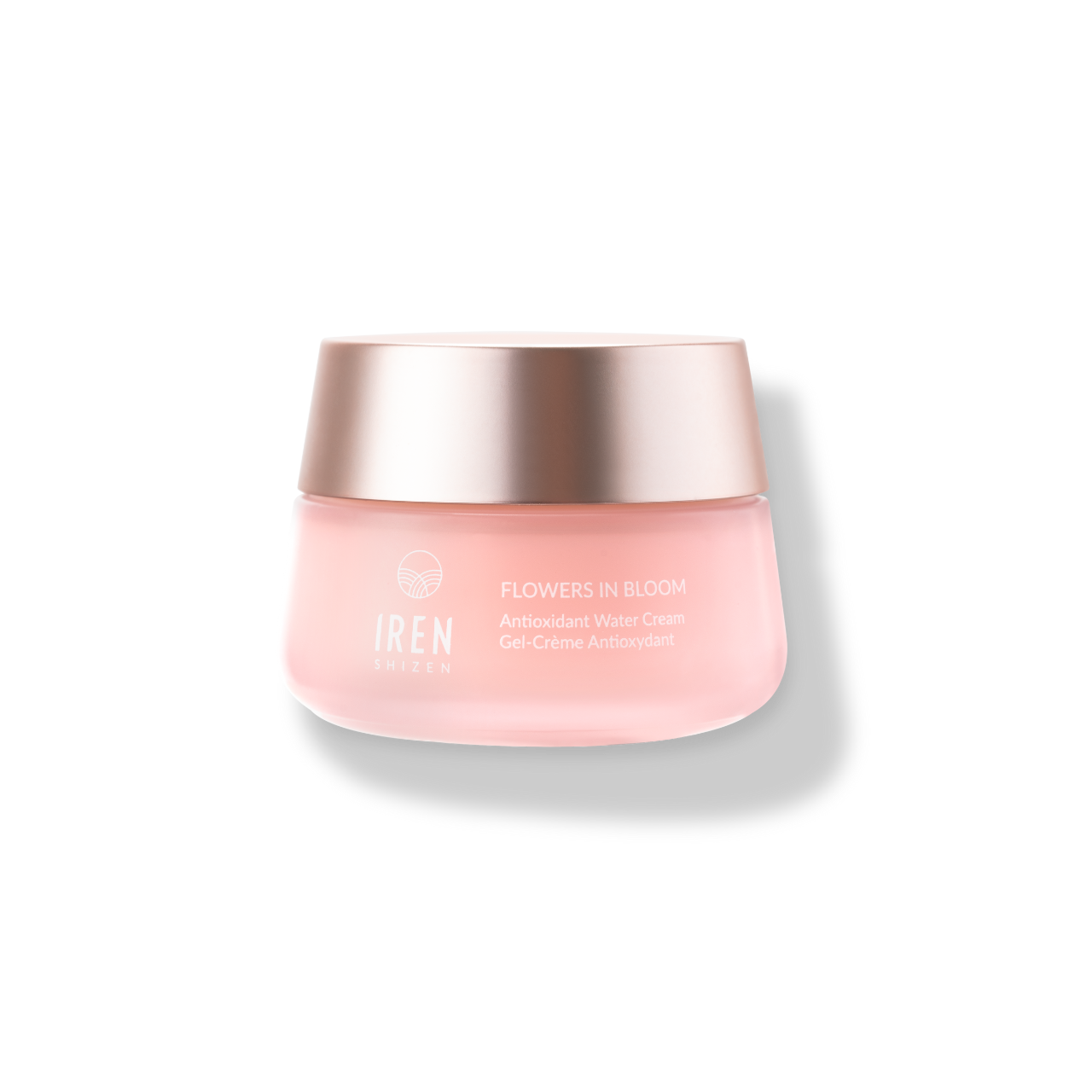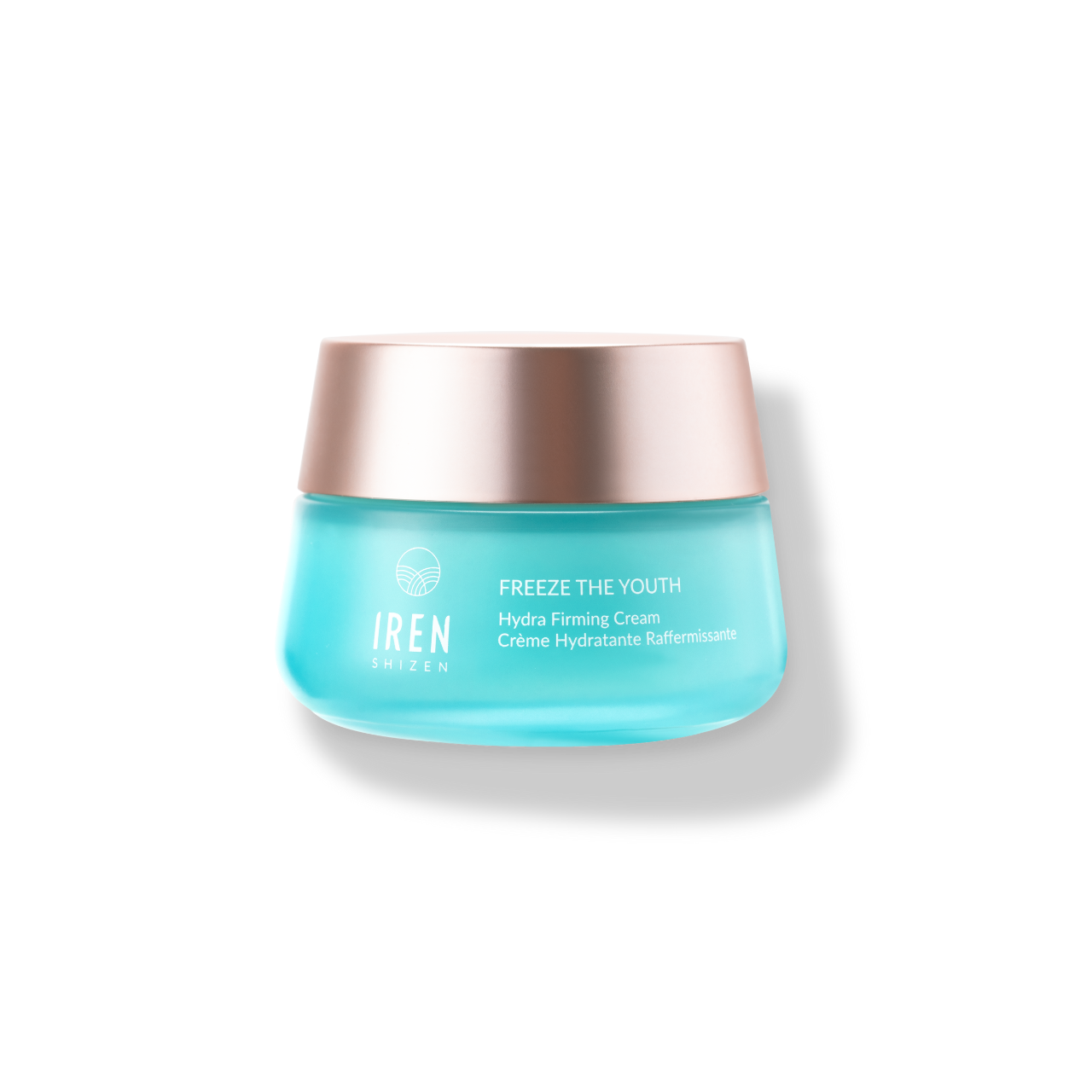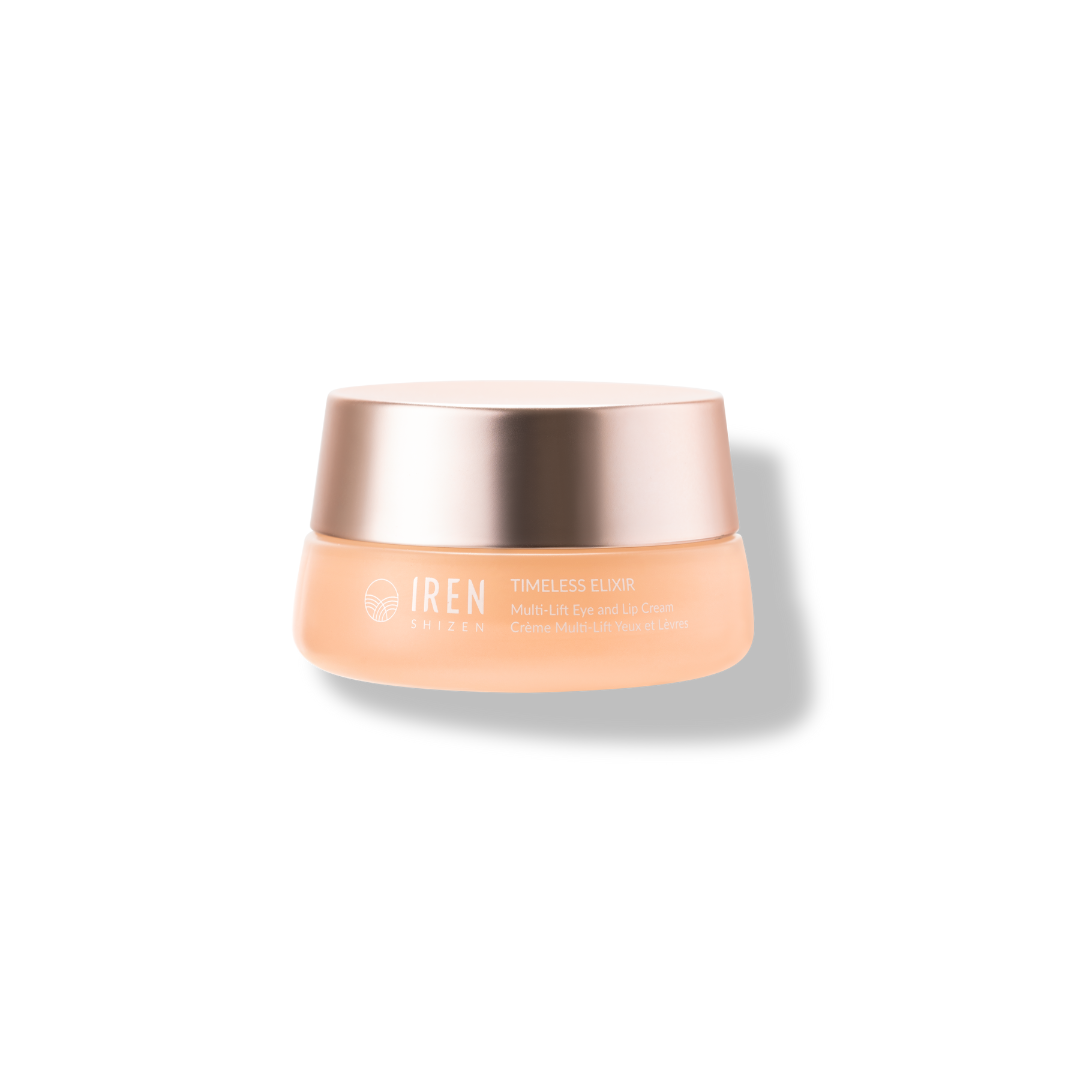Facial Oils
Compare Facial Oils
Should You Use Face Oil After Moisturizer?
In the cosmos of skincare, a radiant and youthful complexion is often the ultimate objective. It's a journey that leads us through an expansive labyrinth of serums, creams, and lotions. However, one skincare hero that is often relegated to the periphery is the humble facial oil. Revered as the 'final seal' after a moisturizer, facial oils harbor a myriad of benefits that can elevate your skincare routine to the next level. Let delve into the science and art of using facial oils post-moisturizer, and why this step can be the game-changer your skincare routine has been awaiting.
Demystifying the Composition of Skin and Facial Oils
Before understanding why facial oils should be applied after a moisturizer, it's crucial to comprehend the basic composition of the skin and the role of facial oils. Our skin produces a natural oil called sebum which contributes to maintaining skin hydration and protecting it from environmental factors. But, various factors like age, lifestyle, pollution, and stress can hamper this natural balance, paving the way for skin-related issues such as dryness, acne, or premature aging. This is where facial oils come into the picture. They closely mimic our skin's natural oils, thereby helping reinstate its equilibrium and promoting a healthy glow.
Facial oils are dense, lipophilic substances containing essential fatty acids and other nutritive elements. These components not only nourish the skin but also create a protective barrier over it, preventing trans-epidermal water loss (TEWL), a process through which the skin loses moisture to the surrounding environment. The result? Supple, hydrated, and youthful-looking skin.
The Science of Skincare: Why Apply Facial Oil After Moisturizer?
In the realm of skincare, there is an often-quoted mantra: "Thinnest to thickest," referring to the order of product application. The idea is to layer products in ascending order of their molecular sizes to ensure optimal absorption. The lightweight serums and lotions, bearing smaller molecules, are applied first, followed by thicker creams and finally, the facial oils with the largest molecules.
Moisturizers, predominantly water-based, contain a mix of humectants, emollients, and occlusives. They work by drawing water into the skin and sealing it with a protective layer. However, they can be semi-occlusive, meaning they allow a certain level of TEWL. Here’s where facial oils come into play. Oils, due to their larger molecular structure, sit on top of the moisturizer, sealing all the hydrating goodness underneath, preventing any further water loss. They act as the final occlusive layer, offering a double defense against dryness and dehydration.
The Versatility of Facial Oils
Facial oils cater to a spectrum of skin types and concerns. Oily and acne-prone skin can benefit from lighter, non-comedogenic oils such as jojoba or grapeseed, which regulate sebum production and possess anti-inflammatory properties. Dry skin finds solace in the nourishing embrace of heavier oils like avocado or marula. Sensitive skin types can turn to soothing oils like argan, while mature skin can seek the anti-aging benefits of oils such as rosehip.
Maximizing the Impact of Facial Oils
Using facial oils after moisturizers might be a simple step, but implementing it correctly can significantly enhance its efficacy:
Less is More: Usually, 2-3 drops of facial oil are enough for the entire face. Overdoing it could lead to issues like clogged pores.
Pat, Don't Rub: Instead of rubbing, gently pat the oil onto your skin to enhance absorption.
Mixing with Moisturizers: While generally recommended to apply after moisturizer, facial oils can also be mixed with your moisturizer to create an intensely hydrating concoction.
Patch Test: Always conduct a patch test before introducing a new facial oil into your routine to ensure it doesn't cause any adverse reactions.
More Than Just a Sealant
Facial oils serve more than their occlusive function. They offer a potent dose of antioxidants that help counteract the damage caused by free radicals, thereby preventing premature aging. IREN Shizen facial oils also contains two powerful ingredients that set us apart from others - prebiotics & postbiotics. These powerful ingredients help bolster your skin's microbiome, the community of beneficial microorganisms residing on your skin. Prebiotics act as nourishment for the good bacteria, promoting their growth and resilience. Simultaneously, postbiotics - beneficial byproducts of these good bacteria - work to calm inflammation, reinforce skin's barrier, and protect against harmful environmental aggressors. Together, they create a harmonious ecosystem, resulting in balanced, resilient, and healthier-looking skin.
Conclusion
To fully appreciate the symphony of a comprehensive skincare routine, understanding each product's role and how they harmonize with each other is fundamental. The application of facial oil after moisturizer is more than just an additional step; it's a strategic move designed to maximize the effectiveness of your skincare regimen. By locking in the hydration and nutrients from the products applied prior, facial oils function as the grand finale, the protective seal, that ensures your skin receives and retains the maximum benefits from your skincare routine.
From boosting hydration to providing an antioxidant defense, facial oils prove to be a multifaceted asset in skincare. The practice of applying facial oil post-moisturizer, thus, stands as an invitation to a more nurtured, radiant, and resilient skin. Unveil the magic of this golden elixir and let your skin bask in the glow it truly deserves.

